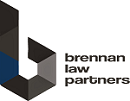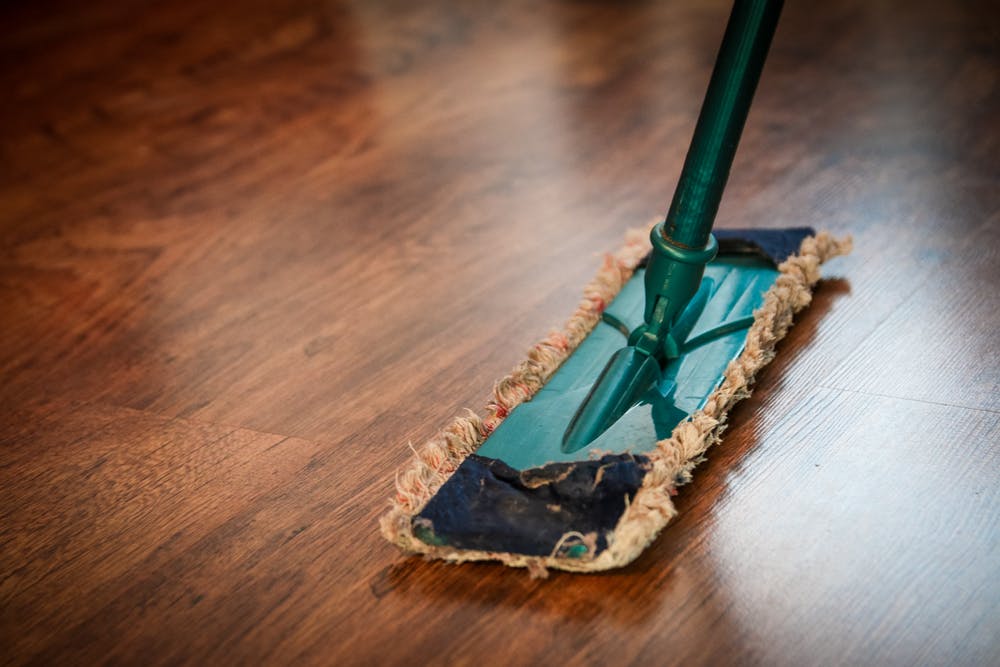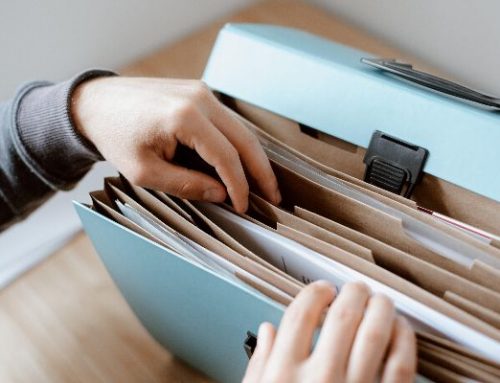The Art Room, Cleaners Cupboard and the Dangerous Goods Act
Principals have legal and moral obligations to keep their students and staff safe. One of the many considerations in discharging these duties concerns the storage of dangerous goods, and specifically keeping staff and students safe from chemicals and poisoning. Whilst primary schools may not have as many potential exposure risks as secondary schools, those that are present must be effectively managed. The main risk areas in primary schools are the art room, cleaners cupboard, maintenance shed and where BBQ gas bottles are stored.
Dangerous Goods and/or Hazardous Substances
Dangerous Goods and/or Hazardous Substances (DGHS) refer to “materials that can cause serious harm to the health of humans and can cause property and environmental damage.”
Relevant Legislation
The relevant legislation governing this area is the Occupational Health and Safety Act 2004, the Dangerous Goods Act 1985, and the Occupational Health and Safety (Hazardous Substances) Regulations 2007.
Your responsibility as the principal: 10 things to check off
As the principal of your school, it is a requirement that you manage risks associated with all chemicals stored and used within your school. This is to protect the health and wellbeing of both your staff and students. When managing chemicals it is necessary to ensure:
1. All dangerous goods and hazardous substances are identified and included in a ‘chemical register’.
2. Risk assessments and controls are established.
3. Safe Work Procedures (SWP) are developed and implemented.
4. Safety information is readily available (i.e. Safety Data Sheets (MSDS), Chemical Register).
5. The risk of any chemicals (existing or new) are considered and managed regularly and proactively.
6. Restricted substances are not used or stored.
7. Appropriate training is provided to persons using the chemicals.
8. Personal Protective Equipment (PPE) is provided and appropriate training is provided for its use.
9. Signage is displayed, highlighting the hazardous nature of chemicals used or stored.
10. Chemicals, both those commercially purchased and decanted are labelled correctly.
Practical ways to manage dangerous goods
- Purchase safest chemicals possible
- Reduce variety and volume of any chemicals chosen
- Ensure chemicals are securely kept
- Frequently inspect where chemicals are stored to ensure they are secure and labelled correctly
- Only use chemicals where it is absolutely necessary
- Make sure staff and students are trained on how to behave around chemicals
- Budget for adequate PPE
Dealing with accidental poisoning and contamination
In the case of accidental poisoning, telephone the Poisons Information Centre at the Royal Childrens Hospital on 13 11 26 and provide the:
- name of the poison
- length of time of the exposure
- any signs and symptoms.
In the case of accidental contamination:
- clothing should be changed immediately
- skin washed (without scrubbing) with soap and water
- follow the directions on the label which might include getting to a doctor or hospital quickly.
How can Brennan Law Partners assist?
Brennan Law Partners can assist you to be proactive in protecting against Dangerous Goods and/or Hazardous Substances by assisting you with your policies and procedures to manage the goods and by supporting you to go through the above checklist. It is imperative you be aware of your responsibilities in keeping your students and staff safe from chemicals. If you fail to do this and someone is harmed, WorkSafe may enforce the Act, among other consequences.
If you have any questions regarding any information in this BLP Brief, we welcome you to contact us at any time.
This is meant as a guide only and should not be taken as legal advice.







